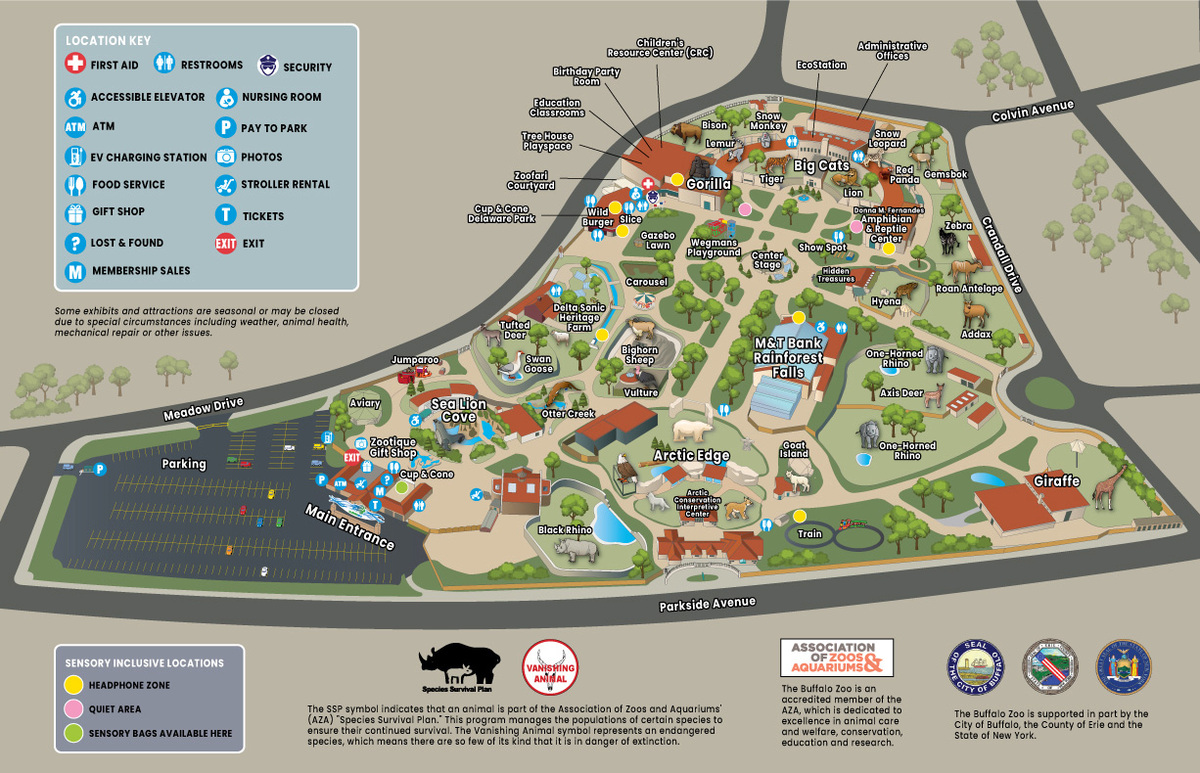Northern Blue-Tongued Skink
Tiliqua scincoides intermedia
Scientific Name
Northern Blue-Tongued Skink:
Tiliqua scincoides intermedia
Distribution and Habitat
Geographic Range
New Guinea and Northern and Eastern Australia
Natural Habitat
Semi-desert to brush steppes and occasionally agricultural areas
Physical Characteristics
-
The northern blue-tongued skink is a heavily built, flat, 15-inch long lizard. They are sandy in color with dark cross bands or blotches along the body. The large, deep, and conical head contains the deep blue tongue that gives this skink its name. Although the exact function of the tongue is not known it is likely used to frighten away predators. Their limbs are well developed and relatively short.
Quick Facts
-
The skink is considered to be ovoviviparous, meaning they have eggs that are produced and hatched internally, then give live birth.
-
They’re most active in the early morning and can often be found basking in the sun to warm themselves.




